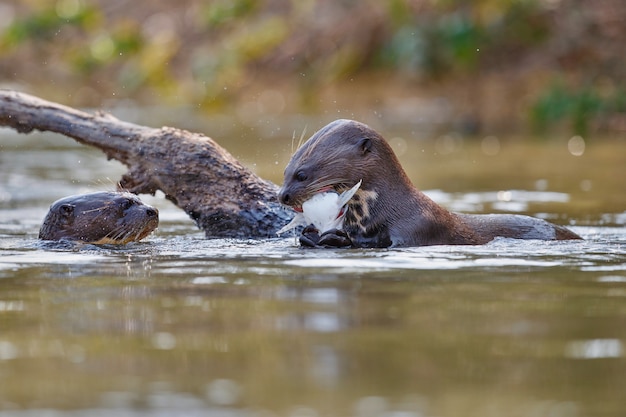Fascinating Facts about the Platypus

The platypus is one of the few mammals that lay eggs.
Platypuses are native to Australia and Tasmania.
Male platypuses have venomous spurs on their hind legs.
The scientific name for the platypus is Ornithorhynchus anatinus.
Platypuses have a unique bill that is similar to a duck’s bill.
They have waterproof fur that keeps them warm and dry in the water.
Platypuses are excellent swimmers and spend most of their time in the water.
They have webbed feet that help them paddle through the water.
Platypuses have a keen sense of electroreception, allowing them to detect prey underwater.
These creatures are true outliers in the animal kingdom due to their strange appearance.
Platypuses have a streamlined body shape to help them maneuver in the water.
They have a dense layer of fat under their skin to provide insulation.
Platypuses can hold their breath for up to two minutes when diving.
They primarily feed on aquatic invertebrates like insects, worms, and crustaceans.
Platypuses are solitary animals and prefer to live alone.
The average lifespan of a platypus is around 10-17 years in the wild.
They have a gland on their belly that produces milk to feed their young.
Platypuses have a very low body temperature compared to other mammals.
The platypus is classified as a monotreme, meaning it lays eggs and produces milk.
Their front feet have sharp claws, which they use for digging burrows.
Fascinating Facts about the Platypus part 2
Platypuses are most active during dawn and dusk.
They have a unique mating ritual that involves chasing and circling each other in the water.
Platypus mothers build elaborate nests for their eggs, providing protection and insulation.
Baby platypuses, called puggles, are born small and helpless.
Puggles rely on their mother’s milk for nutrients until they are fully developed.
Platypuses have a thick layer of skin, which protects them from predators.
They can close their ears and nostrils to keep water out when diving.
Platypuses have poison glands in their legs, which they use for defense against predators.
They communicate with each other through a series of clicks, grunts, and growls.
Platypuses have a special adaptation on their bill that allows them to detect electrical signals produced by prey.
Their bill is also sensitive to touch, helping them find food in the murky water.
Platypuses are excellent burrowers and can dig extensive tunnels in the riverbanks.
They have unique webbing between their toes, providing better propulsion while swimming.
Platypuses are known for their playful nature, often engaging in frolicking and chasing each other.
They have a dense layer of fur that helps them float on the water’s surface.
Platypuses have a small, flat tail that is used for steering while swimming.
They can consume up to 20% of their body weight each day in order to maintain their energy levels.
The platypus is considered a living fossil, as its lineage dates back millions of years.
They are excellent at camouflaging themselves in the water, thanks to their brown fur.
Platypuses have a unique way of hunting called bottom-walking, where they use their sensitive bill to locate prey on the riverbed.
They have a dense layer of fur traps air, providing buoyancy while swimming.
Platypus populations face threats from habitat loss and pollution.
They have a highly efficient digestive system that allows them to extract as many nutrients as possible from their food.
Platypuses have a strong immune system, which helps them combat diseases in their environment.
These fascinating creatures have captivated scientists and researchers for centuries, always evolving and surprising us with their remarkable adaptations.